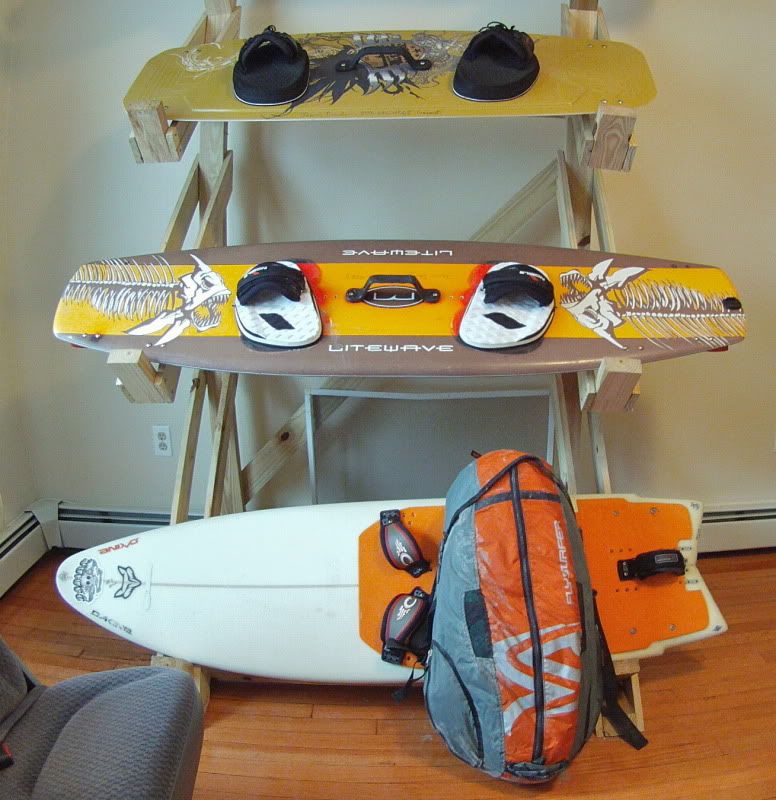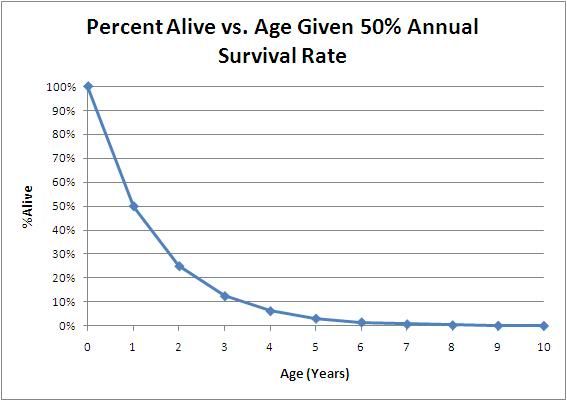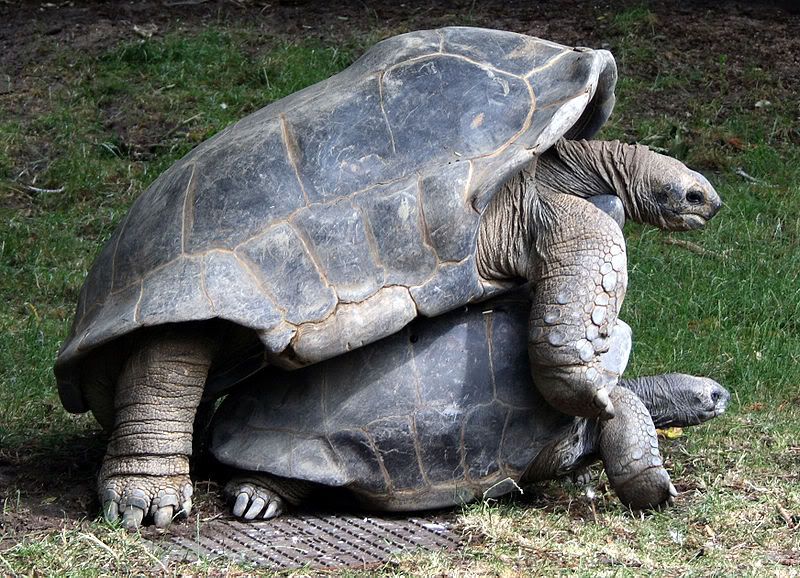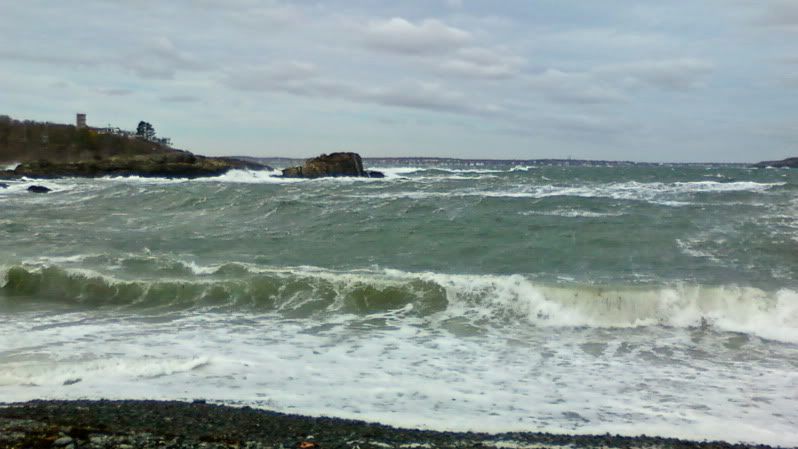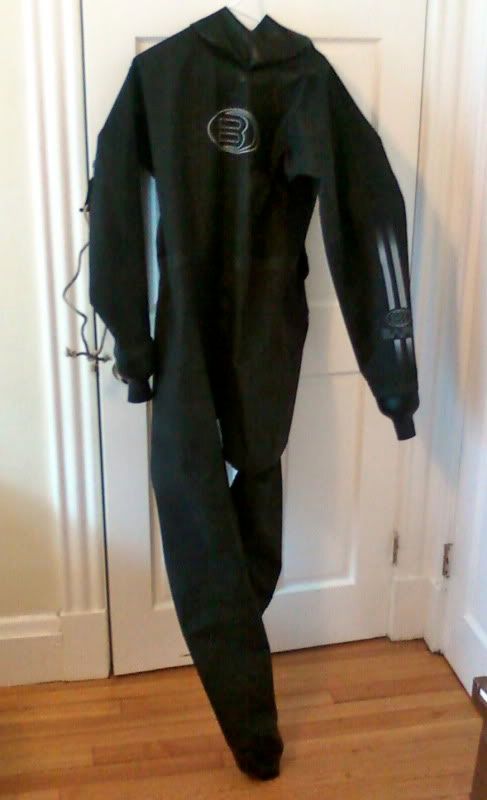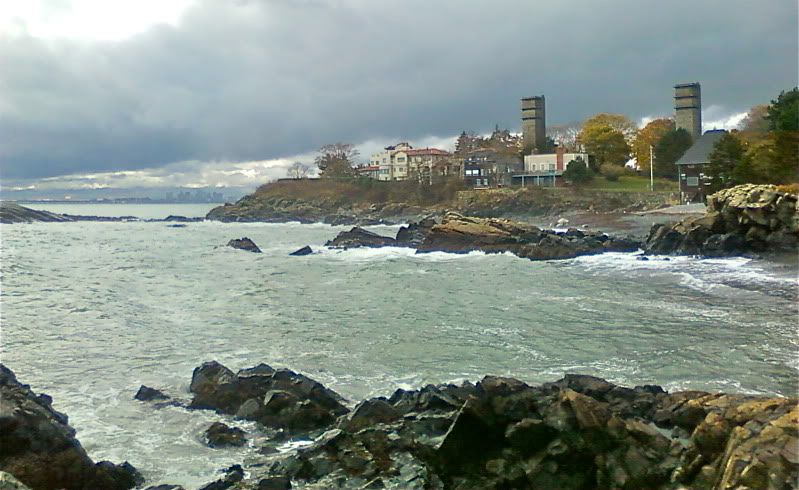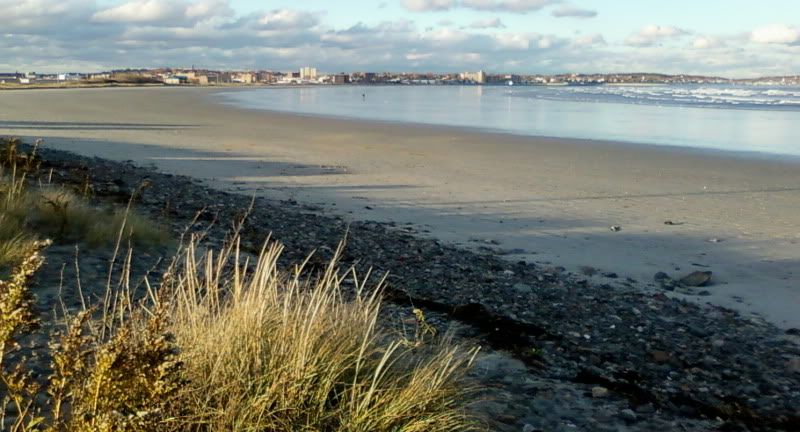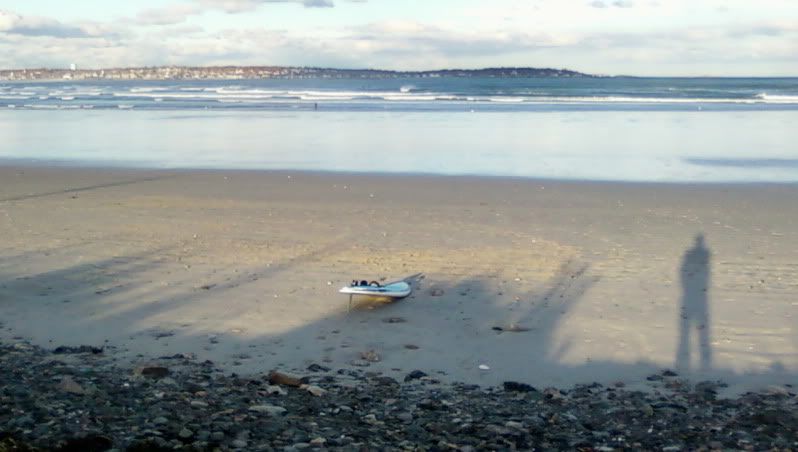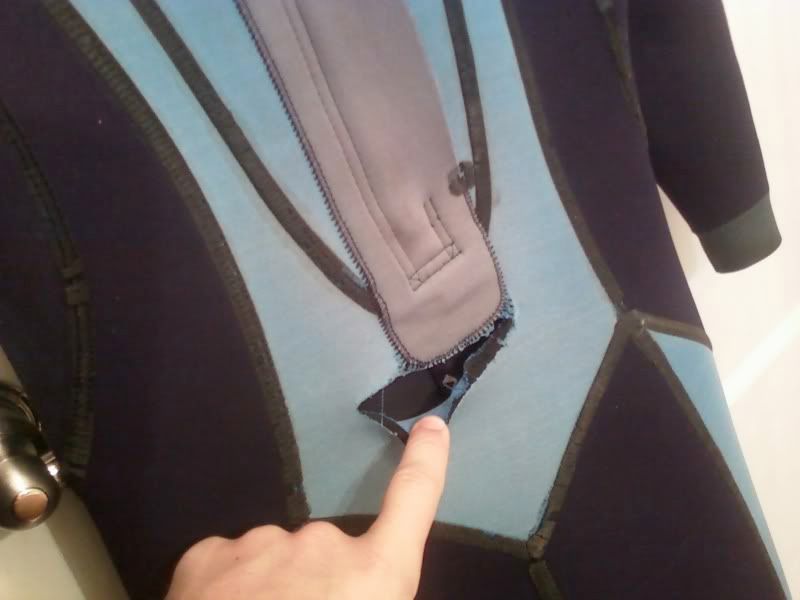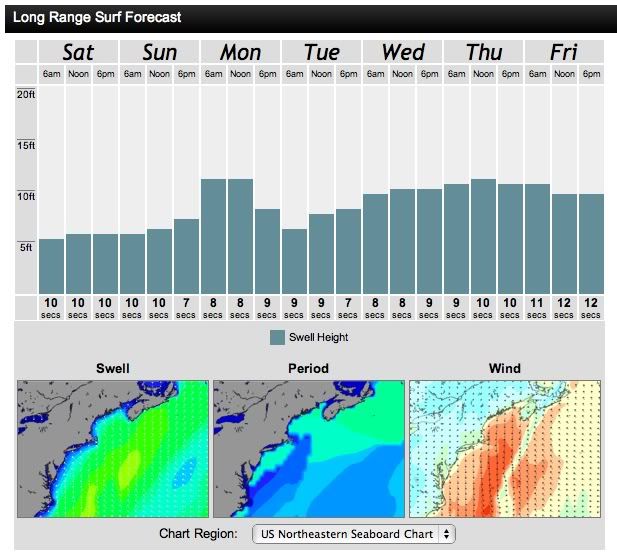One thing that changed was that I moved to Massachusetts, where the wind is gusty and the water is cold. I've kited a bit here, but it's sketchy. In these conditions I prefer the security of a board that floats and a sail that I know will stop pulling when I let go. It's also windier overall in Massachusetts than in Florida, and I don't seem to need anything more powerful than a 7 or 8 msq windsurf sail and a slalom board to get plenty of fully-powered sessions.
Another thing was realizing that I simply like windsurfing better than kiting. It's not that I don't like kiteboarding- I do. I think it's cool to be effortlessly powered in "tweener" wind strengths with a kite, and the soaring, Peter Pan jumps are a rush. But the basic riding sensation is more satisfying to me on a windsurf. I like the direct feedback from the board, the fin, and the sail, and I feel more like the whole assembly is an extension of myself. On a windsurf I can sail along not doing anything special, just appreciating the feeling of motion and forces in balance. I get a little of that kiting, too, but it's not as nice.
The final thing was my limited storage space, time, and financial resources. I started thinking about an extra $1500 in my pocket, a less cluttered van and board rack, and fewer "what to rig" decisions, and I decided to QUIT KITEBOARDING AND SELL MY GEAR. If I someday find myself idle rich and living in a warm, light-wind place like Florida or San Diego then I may take it up again. We'll see.
Anyway, here's a video from yesterday afternoon of what may have been my last kiteboarding session ever. Below the video I've listed the kite gear I have for sale.
Last Kite Sesh, 30 Nov 10 from James Douglass on Vimeo.
2008 Flysurfer Speed 2 (closed-cell foil kite) 12 msq. Perfectly tuned with bar and lines included. $750 SOLD
Two-line trainer kite, 4 msq, with bar and lines. $60 SOLD
Michael Gebhardt - designed directional freeride / raceboard. Unique and extremely badass. $500 SOLD
2006 Litewave Freeride 179 cm Twintip. Best beginner kiteboard ever, and very comfy ride in chop. $180 SOLD
2009 Litewave Spirit 137 cm Twintip. Do-it-all kiteboard for medium and stronger wind. Nice footpads. $250
